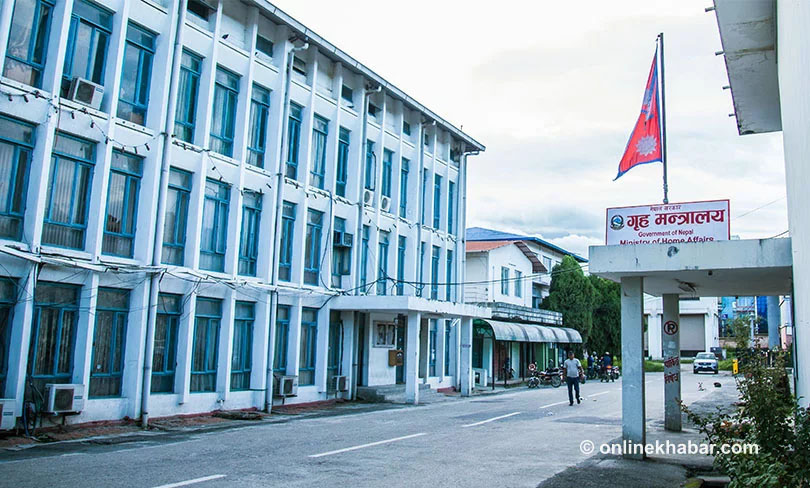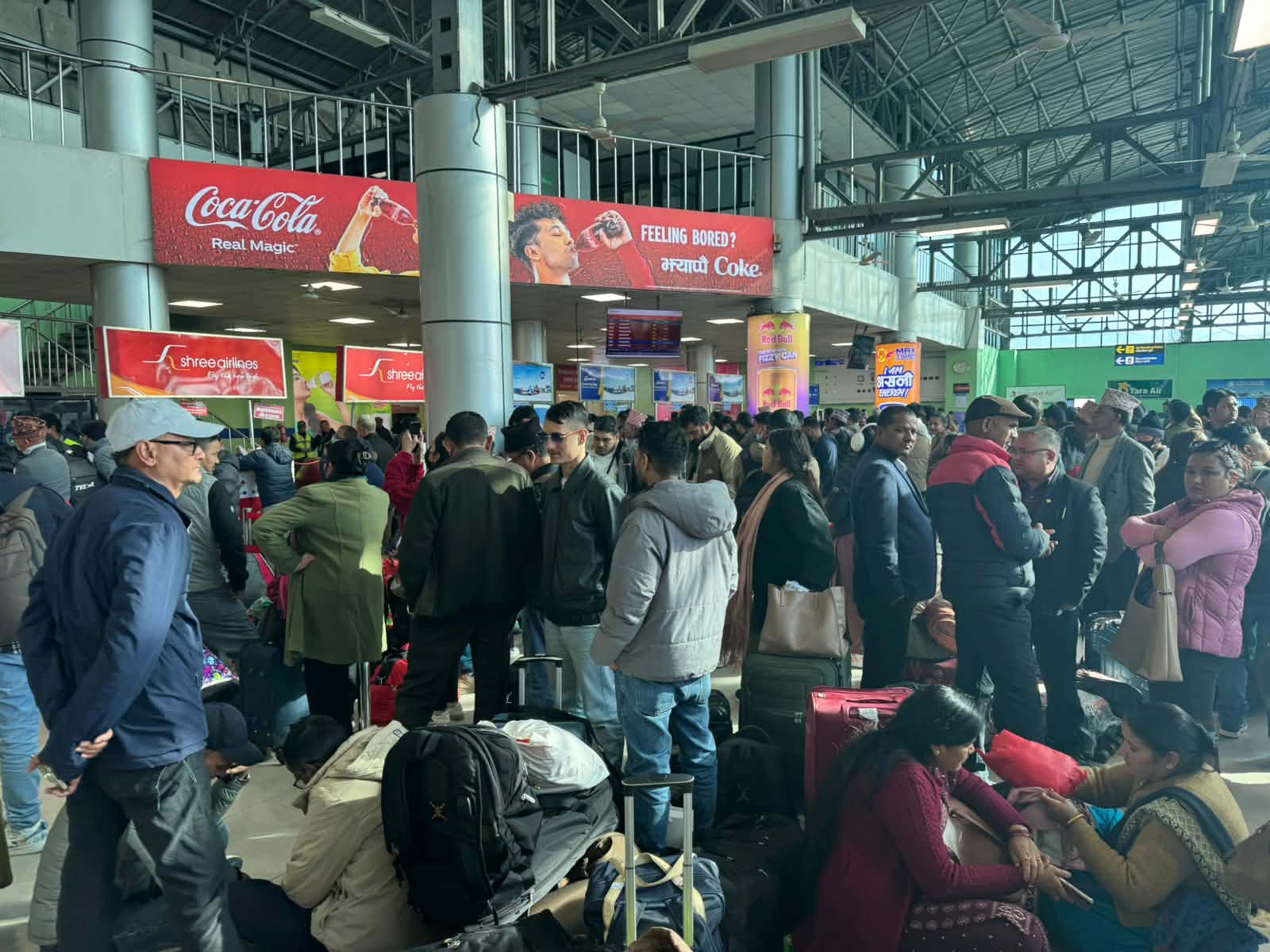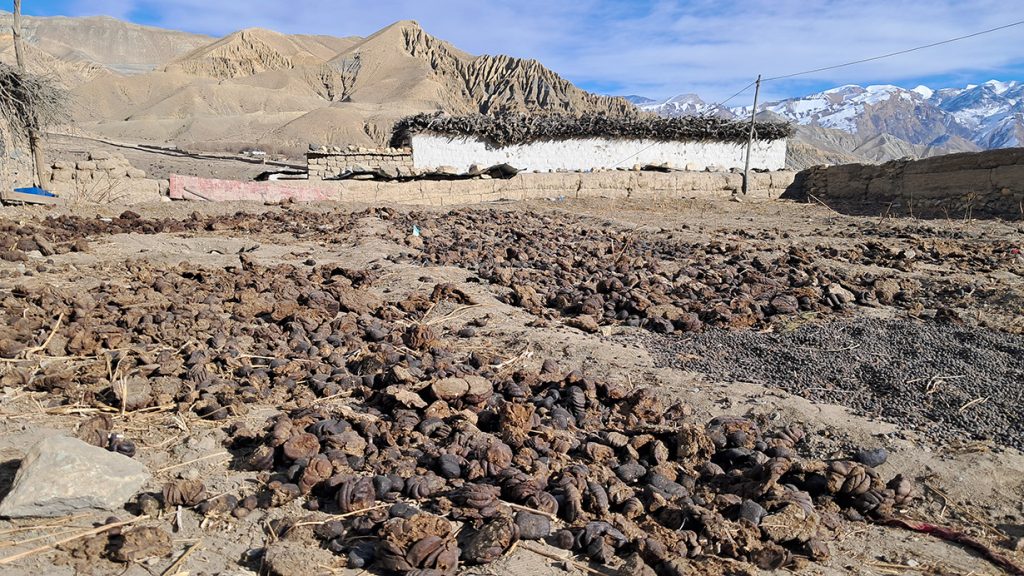
In September 2023, I got a chance to interact with around 200 people residing in the seven different provinces of Nepal. I asked them how the provincial government is functioning. My respondents expressed their discontent and had a consensus that it was not performing well. In their opinion, the provincial government is defunct. It is just a burden to the taxpayers.
Further, they suggested that the provincial government is to be eliminated, and only then can the local and federal governments operate efficiently at low costs. These conversations made me reflect on what should be done to improve the government’s efficiency. Before deliberating on this question, it is relevant to discuss what the government is.
Provincial government in the federal system
In principle, the provincial government is the subnational order of the government which shares sovereignty with the federal government and other provincial counterparts. It is meant to address the regional, political, cultural, economic, ethnic, and other aspirations through the direct participation of the people in the governance.
In a unitary state, the central government exercises all sovereign powers in the name of the people; however, a limited number of people have a direct involvement in the decision-making structures.
In contrast, the provincial government allows the people to exercise their sovereign rights through the representatives whom they have elected. In this sense, the presence of the provincial government does not just facilitate the sharing of sovereignty; it even makes the political system more democratic, inclusive, representative, and just.
In other words, a greater number of people get a chance to participate in governance and decision-making. For this reason, the provincial government prevents the central government from imposing its decisions on people having different political, social, cultural, economic, religious, and ethnic backgrounds and checks the tyranny of the centre.
Constitutional provisions regarding provinces
The Nepali constitution has envisioned three layers of government: federal, provincial, and local. All these three layers of the government are designed in a horizontal format, which means that they do not remain under the other order of the government. Provinces are autonomous to perform various tasks and also cooperate with federal and local governments in some areas. Therefore, the provincial government enjoys a similar degree of autonomy as the federal and local governments.
Further, the constitution provides the provincial government with exclusive powers as well as concurrent powers. In Schedule 6, the constitution has provisioned exclusive provincial powers which include provincial police administration, law and order, civil service, statistics, higher education, universities, health services, land management, protection of languages, cultures, and traditions, and management of trust among others.
In certain areas, the provincial government exercises concurrent rights with local and federal governments. In this respect, the constitution has not hurt the government’s performance. By legislation, there is nothing wrong with it. However, the areas of improvement are huge.
Performance of the provincial government in practice

In practice, the provincial government is not meeting the public expectations through its performance. During my fieldwork, I talked to many people belonging to different provinces. However, not even a single respondent approved the provincial government’s works. The public does not even want its presence at all.
Even some political parties are not content with its performance. Its recent example is the Rastriya Swayantra Party (RSP) which did not even field its candidate in the past nationwide provincial election (2022). The party leaders suggested that they did not have enough time to field the candidates. Notwithstanding the leaders’ statements, nothing could prevent this party from fielding a few candidates, at least symbolically, in any provincial constituencies, had this party chosen to do so.
This does not, however, mean that they have not done anything. All provincial governments have accomplished the important task of choosing a name and headquarters for their respective provinces. They have made certain legislation in the areas of provincial police, civil service, higher education, and provincial taxes among others. However, this performance is not sufficient to address the needs and expectations of the common people residing in those regions.
The most notable failure is that the provincial governments are susceptible to instability and changes like their federal counterpart. After the recent election (2022), all seven provinces, for instance, struggled to form a government even after the months passed. In the national election, the Nepali Congress became the first largest party with the UML and Maoist Center respectively in second and third position.
After the election, the UML supported Maoist leader Pushpa Kamal Dahal as the Prime Minister in exchange for lucrative portfolios in the provincial governments. The working coalition between two major federal parties also led to the formation of identical coalitions in the provinces. Later, the circumstances changed, and the Maoists and the UML found it difficult to work together.
Still, Dahal remained the Prime Minister; however, this time the NC lent its support. The new coalition induced ripple effects in the provincial orders of the governments. The situation became so bad that provincial leaders waited the signals from the federal leaders to participate or refuse to participate in the government. In short, instability has become a new reality among the provincial governments of Nepal.
If the governments cannot survive on their own, how can we expect good governance from them?
Where does the problem lie?
In my analysis, the problem lies in the constitutional provision regarding the political parties. In part 29, the constitution has included “provisions relating to political parties”, which are about the formation, registration, and operation of political parties. It ascertains the unconstrained operation of the political parties but does not include any provision relating to the federation of the political parties themselves.
In the present structure, the federal political leaders form committees, make decisions, and choose leaders in provincial and local structures. The provincial parties are not autonomous in operation, and the political parties are entirely centralised within the federal governance.
Therefore, the provincial governments cannot make any decisions that are against the interests of the federal leaders. The centralised structure of political parties has consequently hurt their growth, development, and performance.
Way ahead
After years of struggles, Nepal has transformed into a federal democratic republic, and the provincial government is the heart of the federal system. Therefore, to eliminate the provinces is to eliminate the entire federal system. The only way ahead is to improve on legislative weaknesses and make the provincial government effective.
It is thus important to amend the constitutional provisions and federate the structure of political parties so that local, provincial, and federal parties remain autonomous in operation and status. Such autonomy minimises the interference of the federal parties, which will support the provincial parties to autonomously form and dissolve the governments besides enhancing their performance.





















